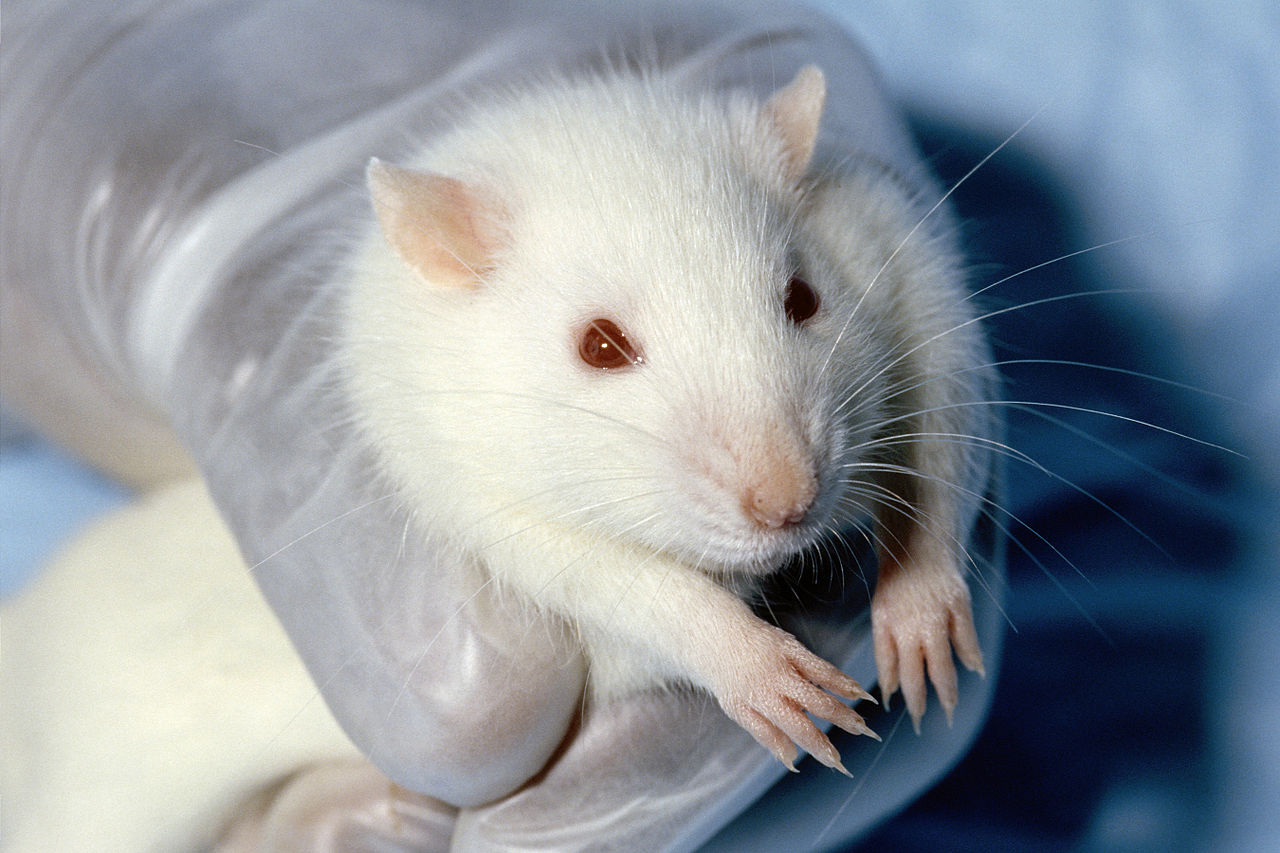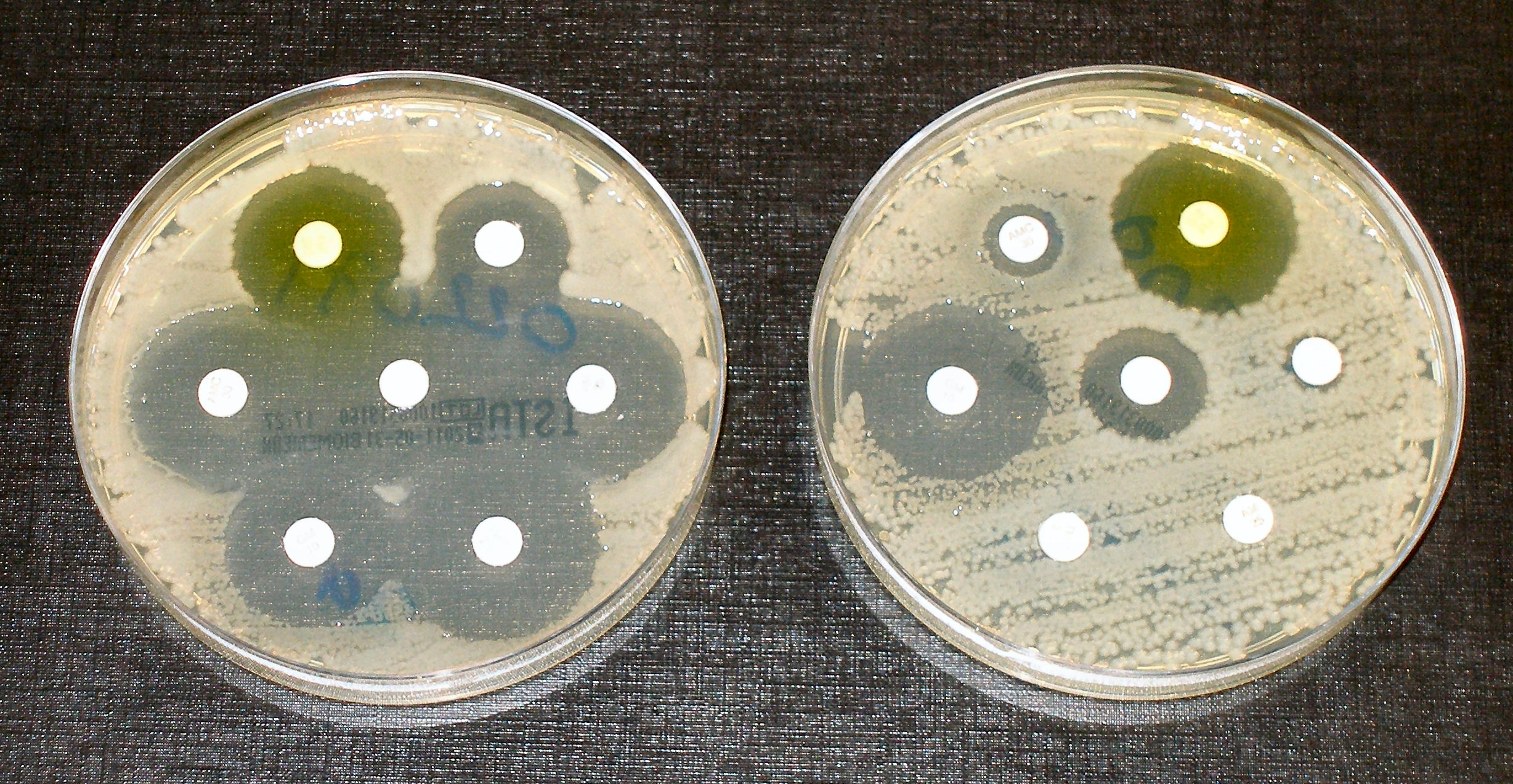Researchers at the Salk Institute California have successfully used the CRISPR technique to edit faulty genes in adult cells. Previously it had only been possible to use the technique in embryonic cells or cells which are still dividing. The ability to edit the DNA of non-dividing cells has vast applications: it means we could one day have a cure for genetic diseases such as haemophilia, muscular dystrophy and cystic fibrosis.
CRISPR is an immune defence system found in bacteria. The system identifies DNA with a matching sequence and triggers CRISPR associated nucleases to form a double strand break in the DNA. This break is then usually repaired by homology dependent repair (HDR) in which the template DNA strand, which has been altered by CRISPR, is copied into the genome as the cell replicates.
Here lies the problem with non-dividing cells – they don’t replicate their DNA. The researchers in this study resolved the issue by developing a new strategy which adds the gene into the cell’s DNA using non-homology end joining repair (NHEJ). This form of repair doesn’t require a template, instead the two broken ends of DNA are simply stuck together – it’s more of a temporary measure for the cell and is carried out in non-dividing cells.
Some are predicting a ‘space race’ style competition between China and the US within the field of gene editing
The cells edited in this study were retinal cells in rats genetically engineered to have ‘retinitis pigmentosa’ – a degenerative blindness which affects 1/4000 people. The rats were injected with a copy of the healthy DNA at 3 weeks old and showed response to light at 8 weeks old, they also passed several tests showing retinal healing. This demonstrates that the new CRISPR system successfully delivered healthy DNA to the retinal cells.
However the scientists admit that the approach could have been more effective. Firstly if it had been used earlier on in the rats’ life-time there would have been less damage to the retina and so its likely that better vision would have been recovered. Also only 5% of the cells had their faulty DNA replaced so the efficiency of the system needs to be worked on.
The time frame in which this technique will start to become available in humans is very much debated. The research team predicts 2 years but Prof. Robert MacLaren, who works on gene therapy at the University of Oxford contests this saying that it is ‘extremely optimistic’ and that clinical trials within 5 years are more realistic. However a day before this study was published, it was reported that a Chinese team had injected a lung cancer patient with cells containing genes edited using CRISPR, meaning the use of the NHEJ technique in humans may happen far sooner than anyone predicted.
In the human study, the researchers removed immune cells from the patient’s blood and used CRISPR to remove the gene coding for PD-1. PD-1 normally keeps our immune systems in-check; this isn’t desirable in cancer as it means tumour cells go undetected by the immune system and continue to grow. The hope is that with the PD-1 gene removed the immune cells will go into over-drive and start to attack tumour cells. The team leader of the trial said the first injection went smoothly and they plan to go ahead with second injection before rolling the trial out to 9 other patients.
With two studies occurring in such a short period of time it’s clear that CRISPR technology is moving forward rapidly. Some are predicting a ‘space race’ style competition between China in the US within the field of gene editing. Carl June, who specializes in immunotherapy at the University of Pennsylvania, views this as a positive saying the so-called gene race is “important since competition usually improves the end product”. It seems genetic diseases could become a thing of the past, in the very near future.



